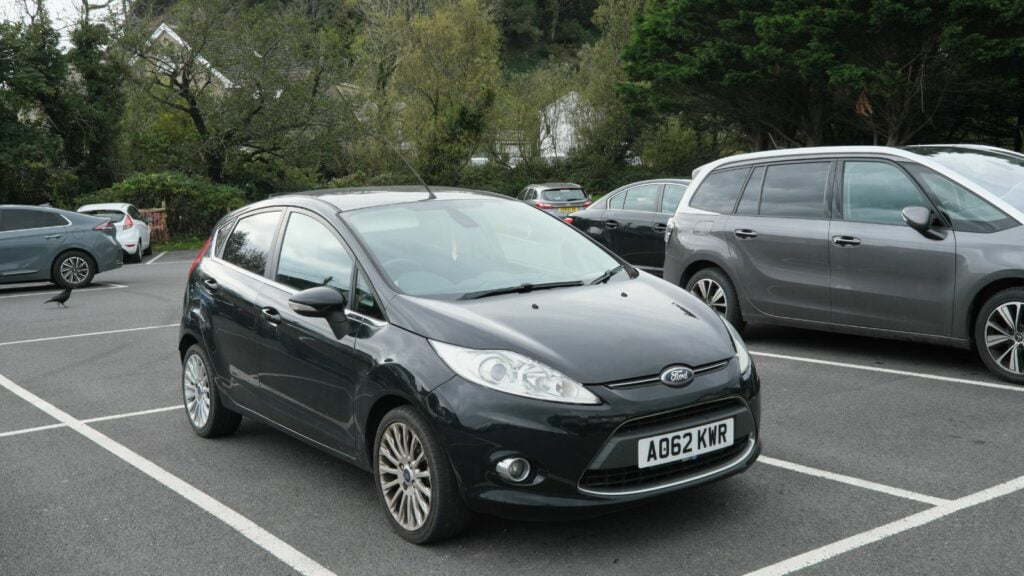Canadian car buyers have seen several model returns that seemed promising, often part of broader brand revivals, only to disappear again. While automakers hoped these comebacks would capture nostalgic sales and niche markets, they fizzled due to shifting tastes, competition, or sheer misalignment with Canadian priorities. These are 21 cars that made a comeback in Canada but flopped hard:
Nissan Micra (2015–2019)
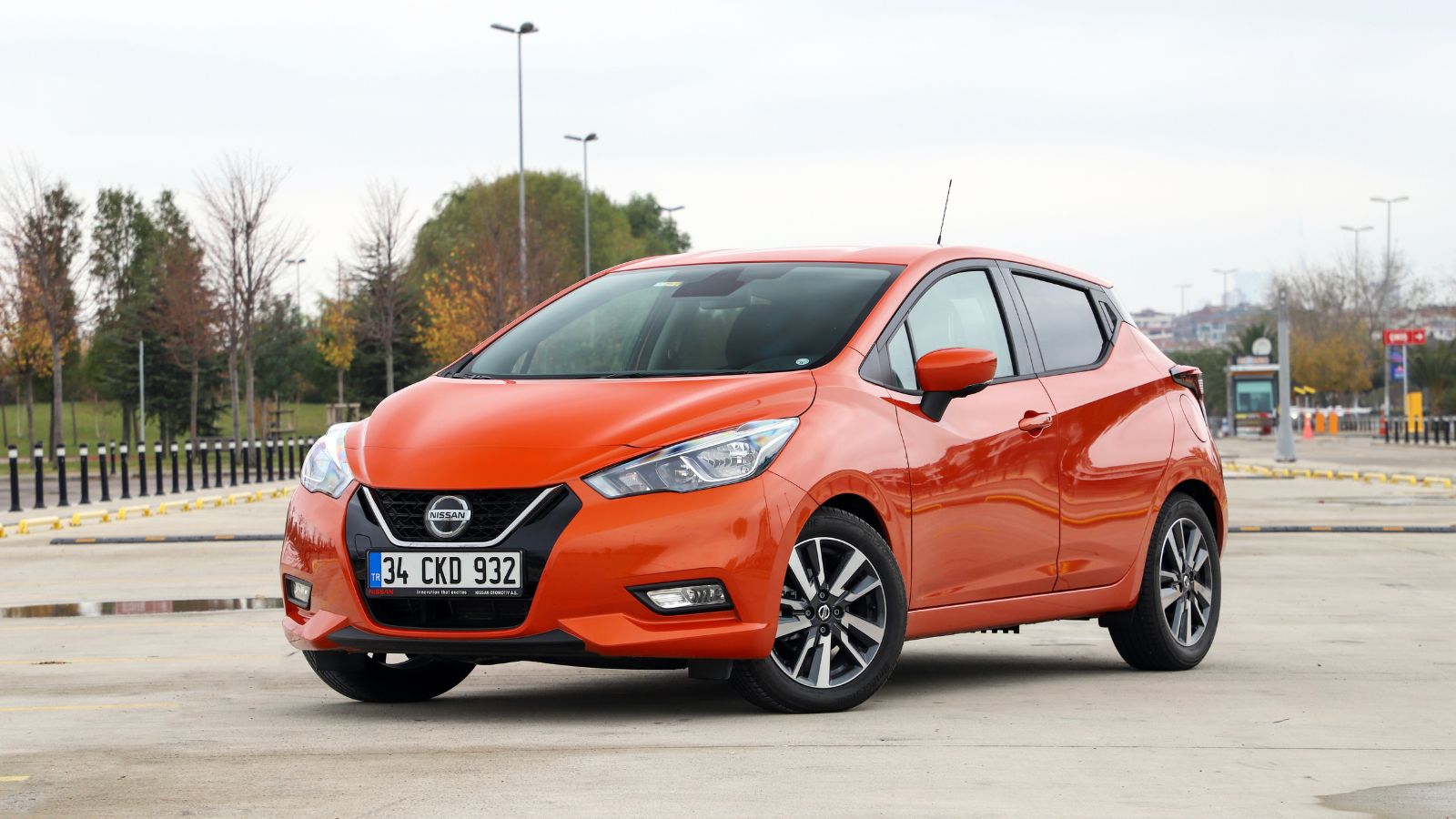
After vanishing for over two decades, the Nissan Micra returned to Canada in 2015 as the country’s most affordable new car, priced under $10,000 for the base trim. Despite the low price, Canadians balked at its lack of air conditioning, tiny engine, and manual-only base model, which was shocking in winter-focused markets. Sales never met expectations, and the Micra was discontinued again in 2019. Its rebirth was short-lived, serving as a reminder that affordability does not equate to desirability, especially when Canadian drivers expect heat, electronics, and comfort, even in economy models.
Honda Insight (2019–2021)
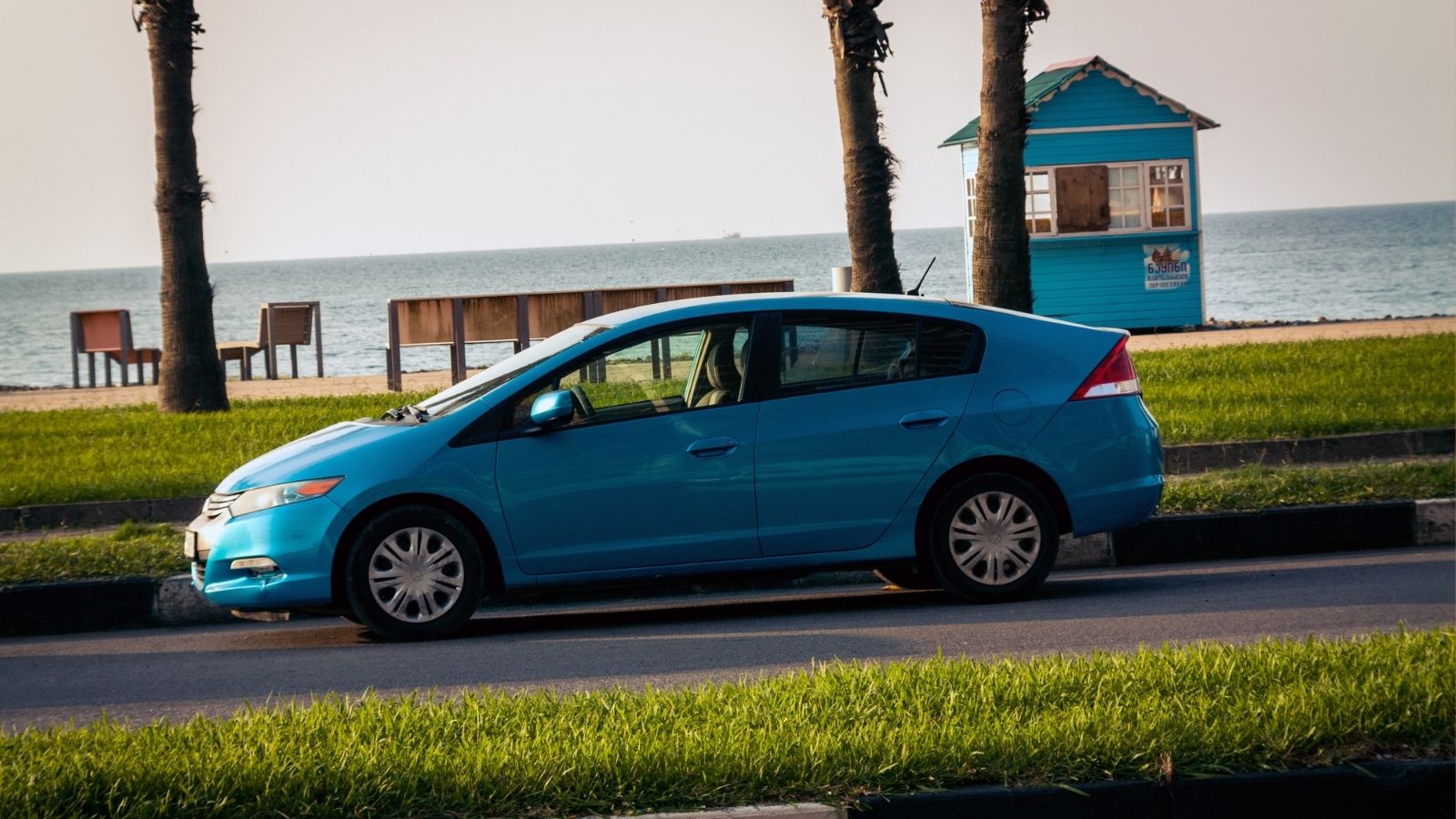
Honda reintroduced the hybrid Insight to Canada in 2019, boasting 151 hp, fuel efficiency, and sustainable materials. As a sleek sedan and eco-alternative to the Civic, it surprised buyers with better performance than expected. Yet, Canadians overwhelmingly chose SUVs instead, and the Insight lacked AWD and interior space, contributing to its discontinuation again by 2021. Dealers later moved leftover units, including one that was sold in 2024 at a deep discount. The Insight’s return failed because the market had shifted away from green sedans toward crossover practicality.
Chevrolet Volt (2012–2019)
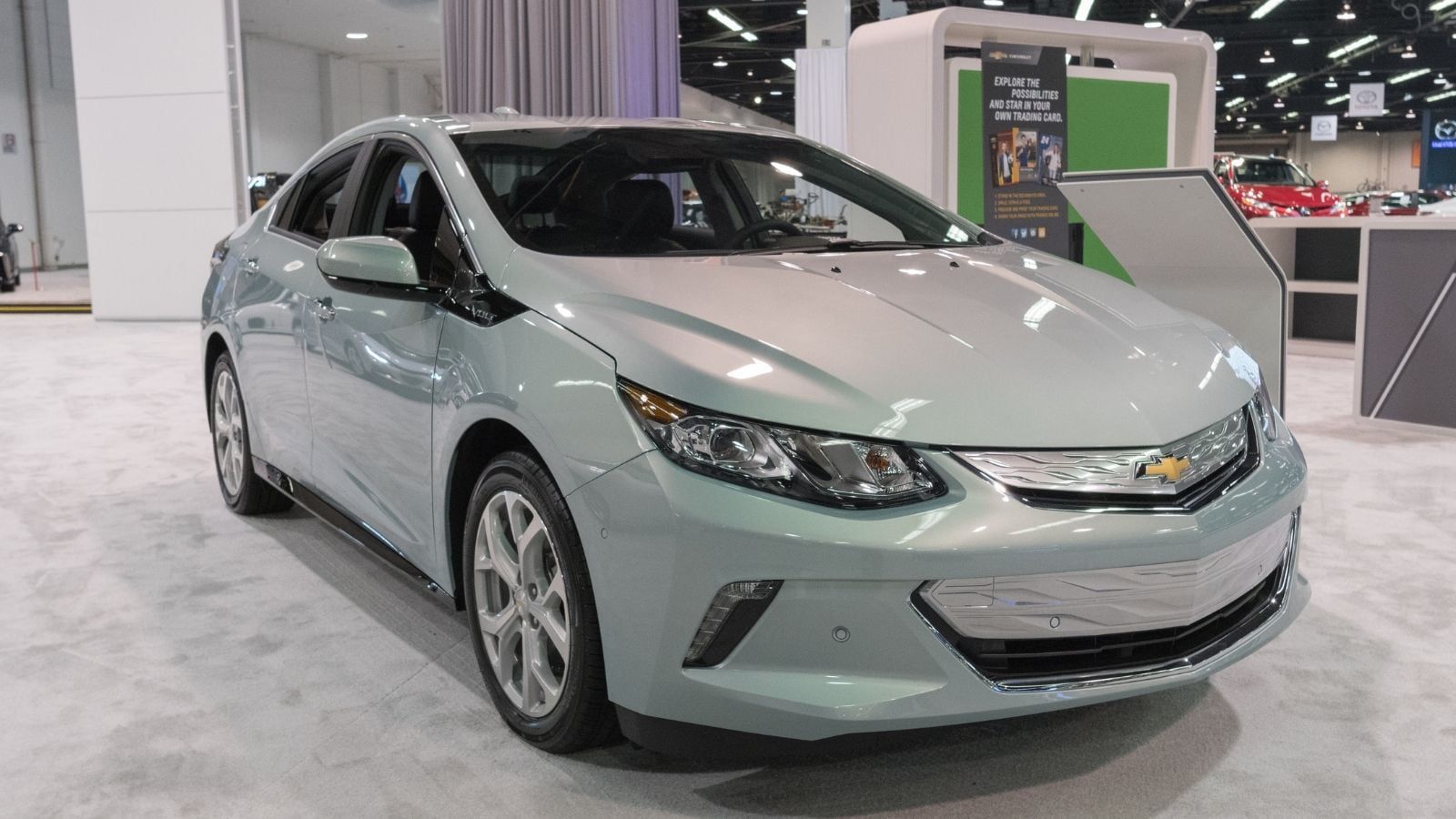
GM’s plug-in hybrid Volt returned to Canada in 2012 as a logical step toward electrification, offering ~85 km of electric range before switching to gasoline. It seemed perfect for long winters and cross-country driving, and despite that, declining interest and confusion with the Bolt led GM to discontinue it in 2019. Its niche appeal, combined with limited charging infrastructure and a weak resale market, made Volt a tough sell north of the border. The Volt comeback had potential, but Canada wasn’t ready for early-stage EV hybrids.
Chevrolet Cruze (2011–2019)
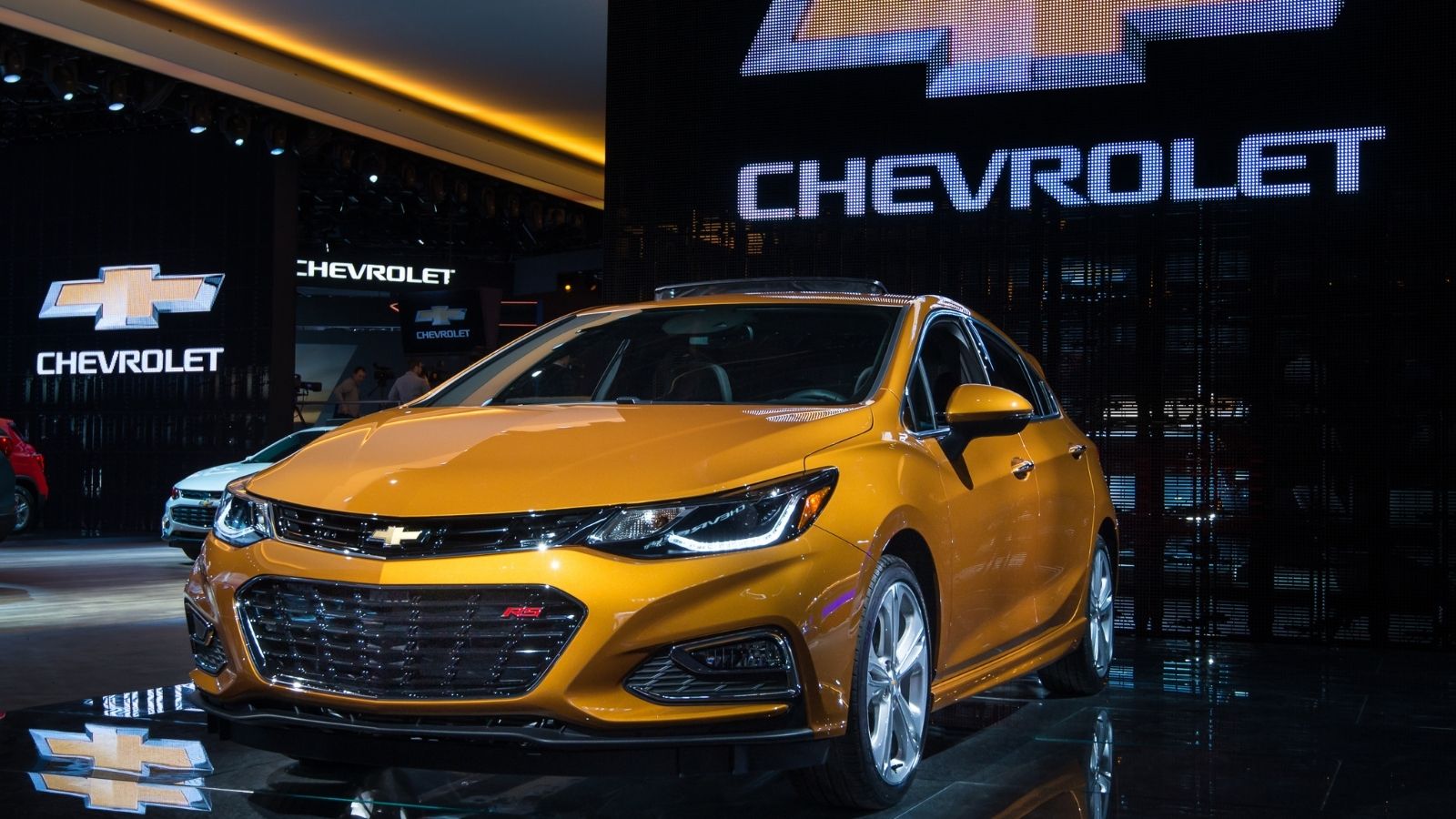
The Chevrolet Cruze came back to Canada in 2011 as a compact sedan with European dynamics and diesel options. While well-regarded for fuel economy and ride quality, consumer preference shifted toward SUVs and crossovers. GM quietly discontinued the Cruze in Canada in 2019, redirecting customers to subcompact models. However, despite receiving good reviews, the sedan revival failed, as buyers were no longer looking for sedans.
Acura NSX (2016–2022)
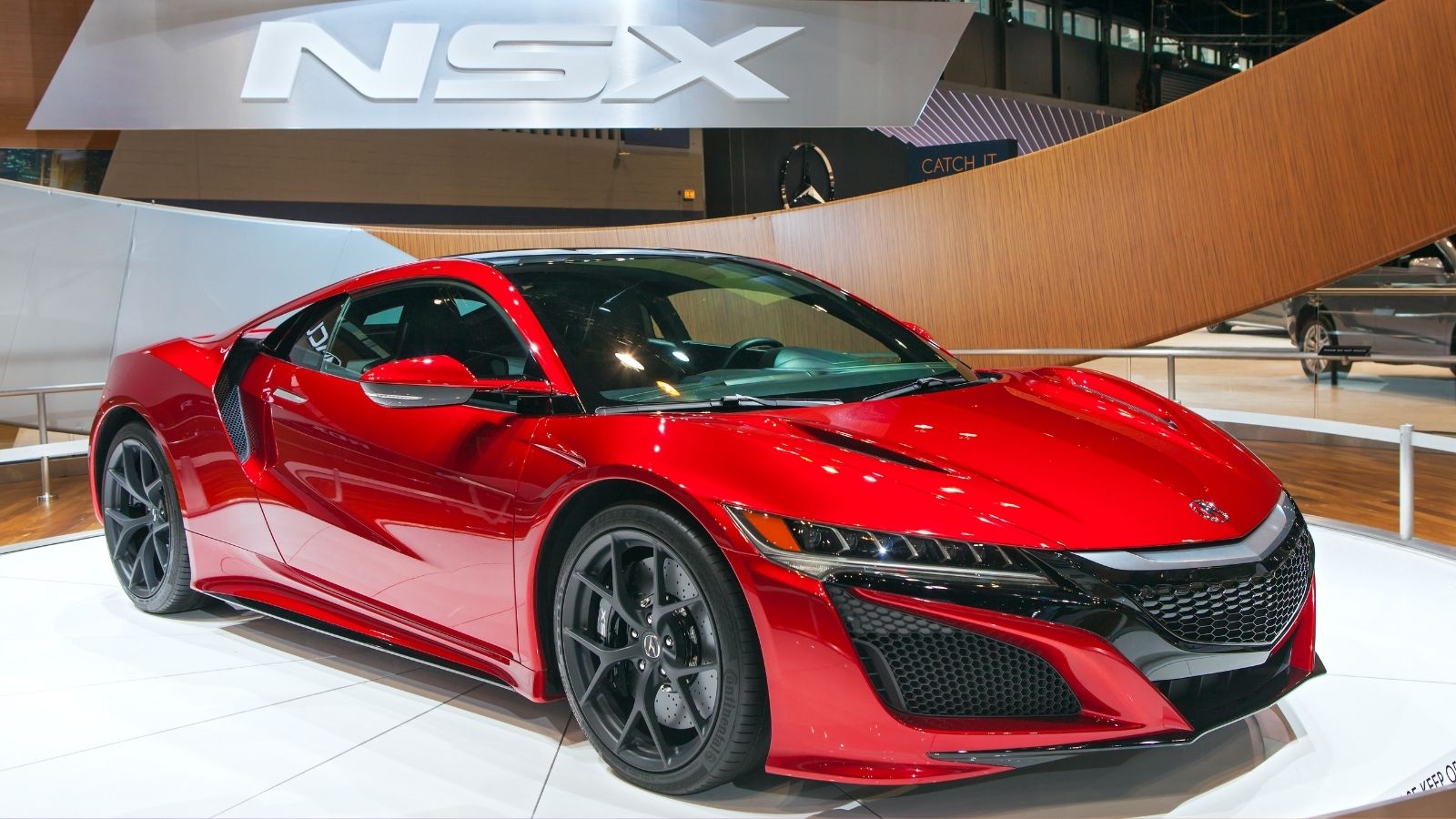
Acura reintroduced the legendary NSX in 2016 as a hybrid supercar, delivering 600 hp and refined driving dynamics. In Canada, its price tag of north of $220,000 limited its appeal, and although GT buyers appreciated its reliability and exotic feel, total sales remained minuscule. Acura discontinued the second-gen NSX in 2022, again citing low numbers, and even enthusiasts admitted it was great on paper, but too pricey and niche to sustain in Canada’s small luxury segment. Its return was bold, but the market size was too small to sustain it, leading to a flop comeback.
Fiat 500 (2012–2019)
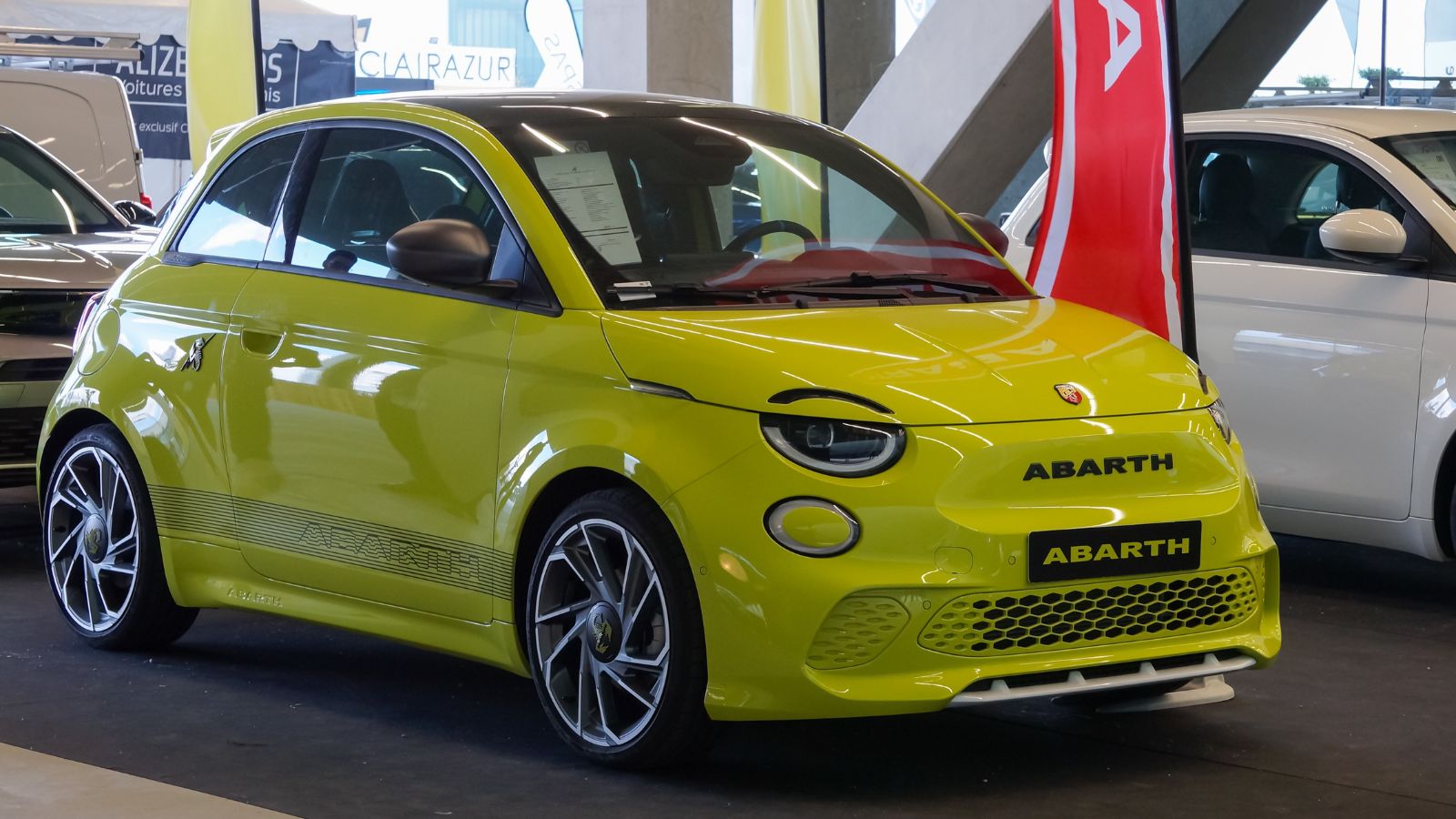
The retro-styled Fiat 500 compact was relaunched in Canada in 2012 with European charm and city-friendliness. However, Canadian traffic and winters proved harsh, and the tiny engines, limited comfort, and poor resale value hindered its adoption. Fiat discontinued the model in 2019 because buyers wanted practicality, like AWD options, heat, and cargo room, not just looks. Its comeback stumbled because its image couldn’t overcome frigid real-world usability, and the 500 became a collector’s novelty, not a daily driver.
Ford Fiesta (2011–2019)
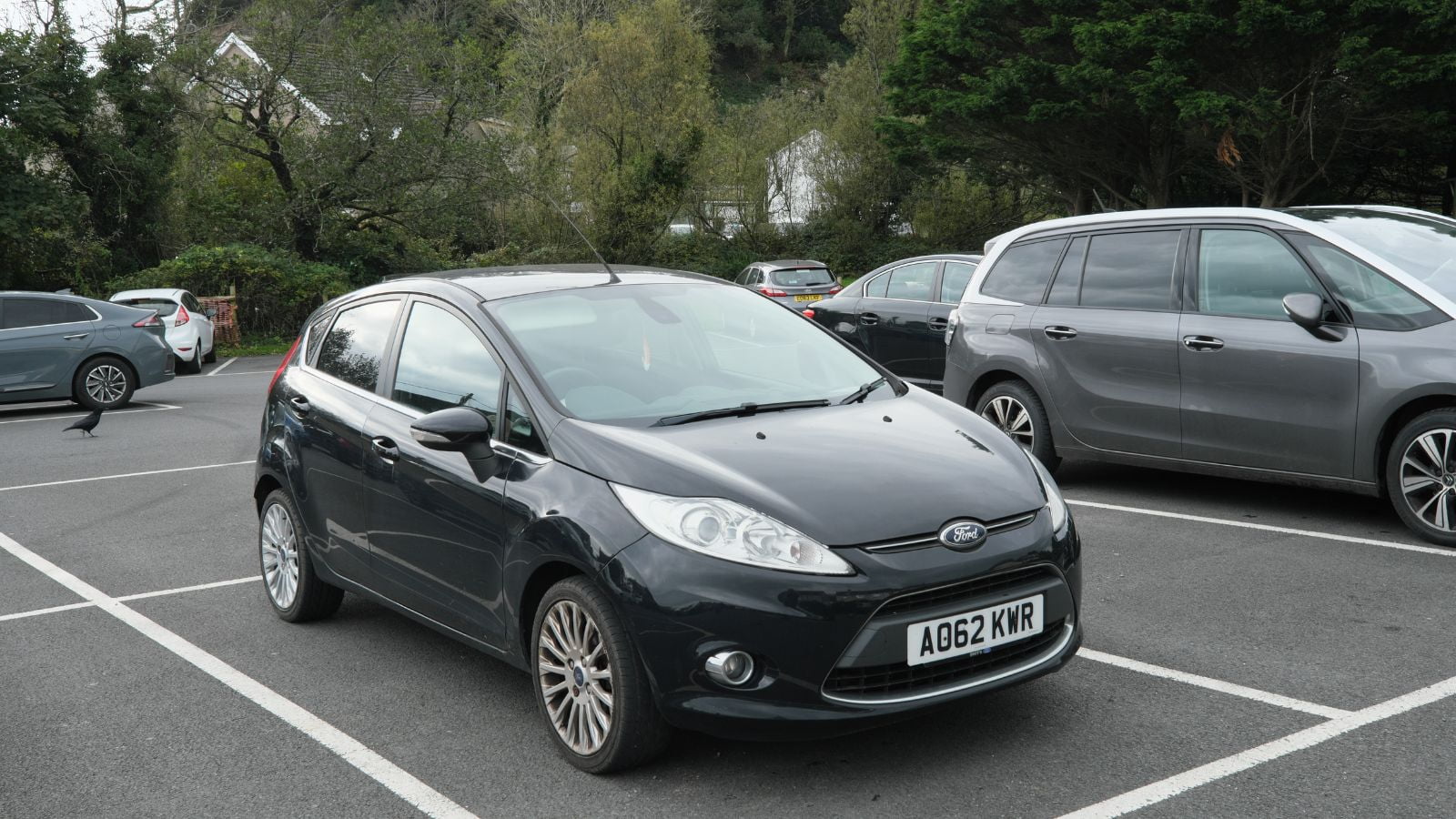
The Fiesta is a fun and fuel-efficient subcompact that returned to Canada in 2011. It was well-equipped and entertaining, but it could not survive declining sedan enthusiasm. By 2019, Ford discontinued it to focus on SUVs and trucks, as Canadian buyers prioritized space over personality, and compact SUVs like the EcoSport and Escape gained popularity. The Fiesta’s comeback briefly lit up subcompact highway commuting, but when times and preferences changed, its appeal shrank fast.
Ford Edge (2007–2024)

Ford revived the midsize Edge SUV for Canada in 2007, offering spacious seating and twin-turbo options. It was initially popular, but consumer taste shifted to smaller crossovers and EVs, and Ford announced it would end production after 2024 to focus on electric and larger SUVs. Despite solid performance and upgrades like ST trim, the Edge’s sales collapsed. Canada’s shift toward compact, efficient crossovers left the Edge stranded with great features, but it was launched at the end of a life cycle trend.
Volkswagen Passat (1973–2019)
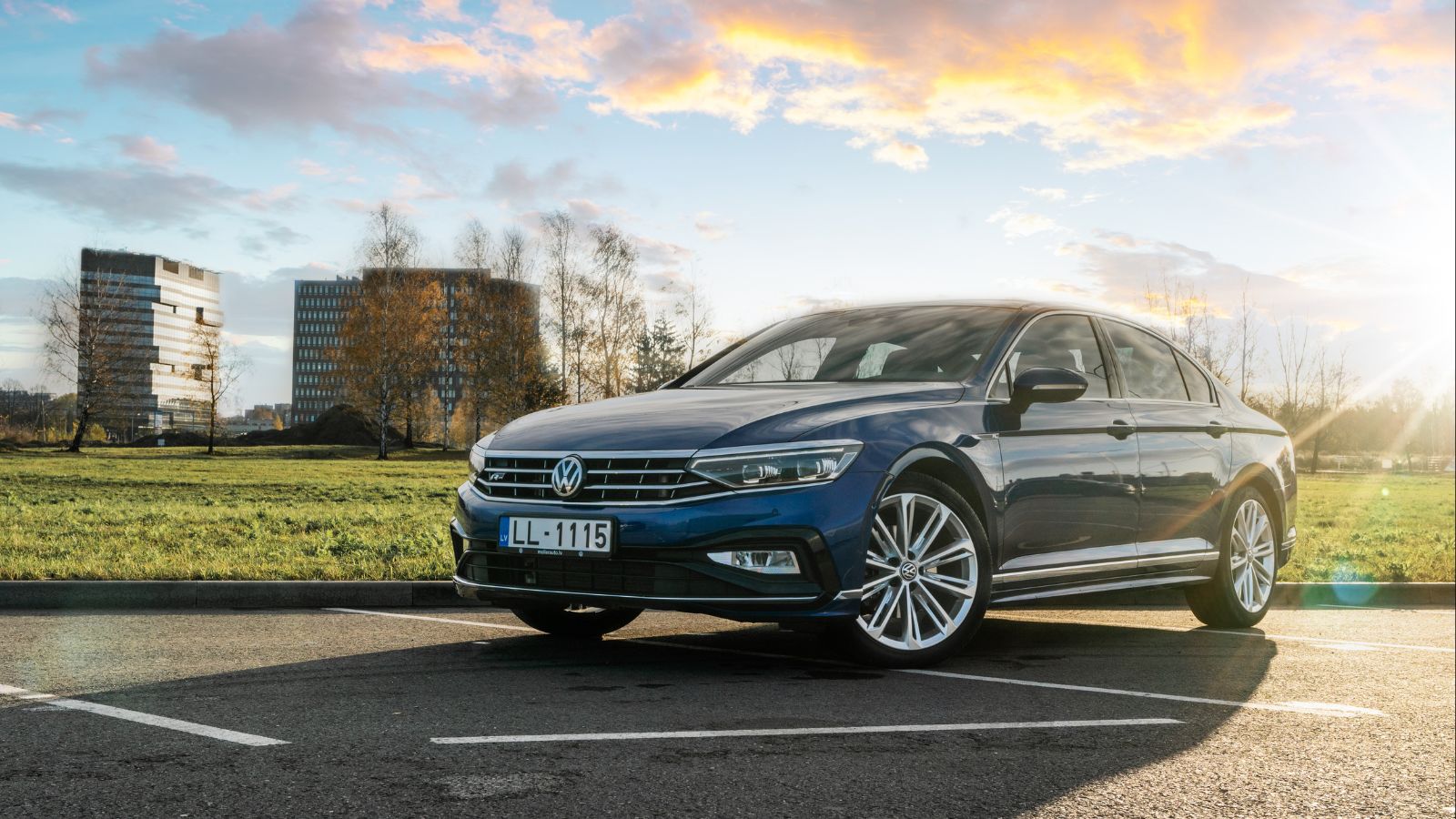
The midsize Volkswagen Passat had a long Canadian history, but in recent decades, it was reintroduced as a capable sedan before being quietly discontinued in 2019. Despite its strong build and generous space, it couldn’t save it. Canadians increasingly opted for SUVs like the Tiguan or Atlas, but despite attempts to refresh styling and add more features, sedans no longer held the market position. The Passat’s latest resurrection failed to capture buyer interest, and its reliable legacy was not enough to offset shifting demand.
Nissan X-Trail (2004–2006)
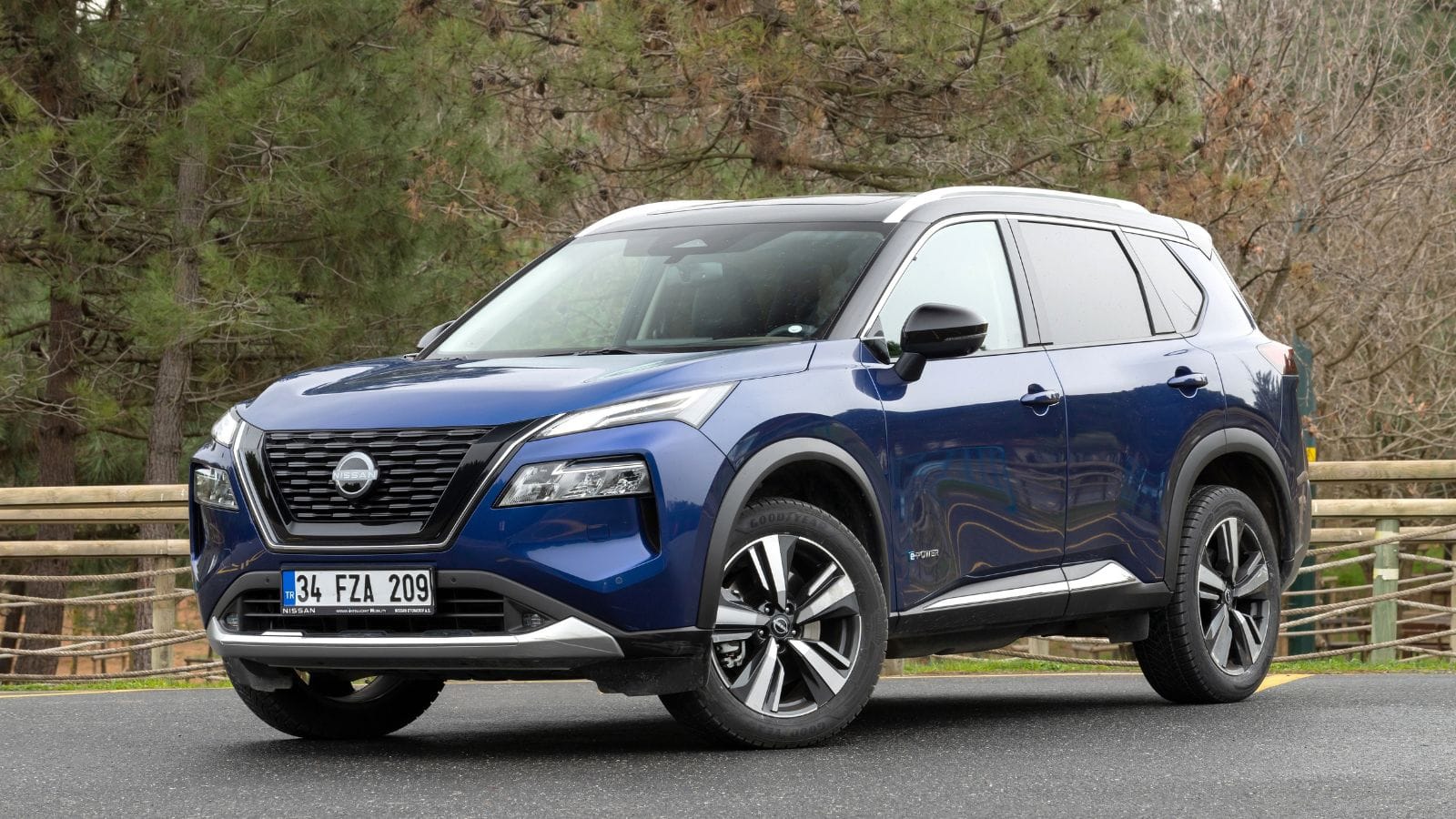
The Nissan X-Trail returned briefly to Canada from 2004 to 06 before being replaced by the Rogue. Built to suit Canadian winters with AWD and practicality, it felt redundant next to the Rogue’s broader appeal and refinement. The reintroduction was too short-lived to build recognition, and Canadians never got attached before it vanished again. Today, X-Trails are rare, and the model’s comeback proved fleeting, as it was a casualty of internal overlap and modest differentiation in a hot compact SUV segment.
Pontiac Wave (rebadge of Daewoo/Aveo)
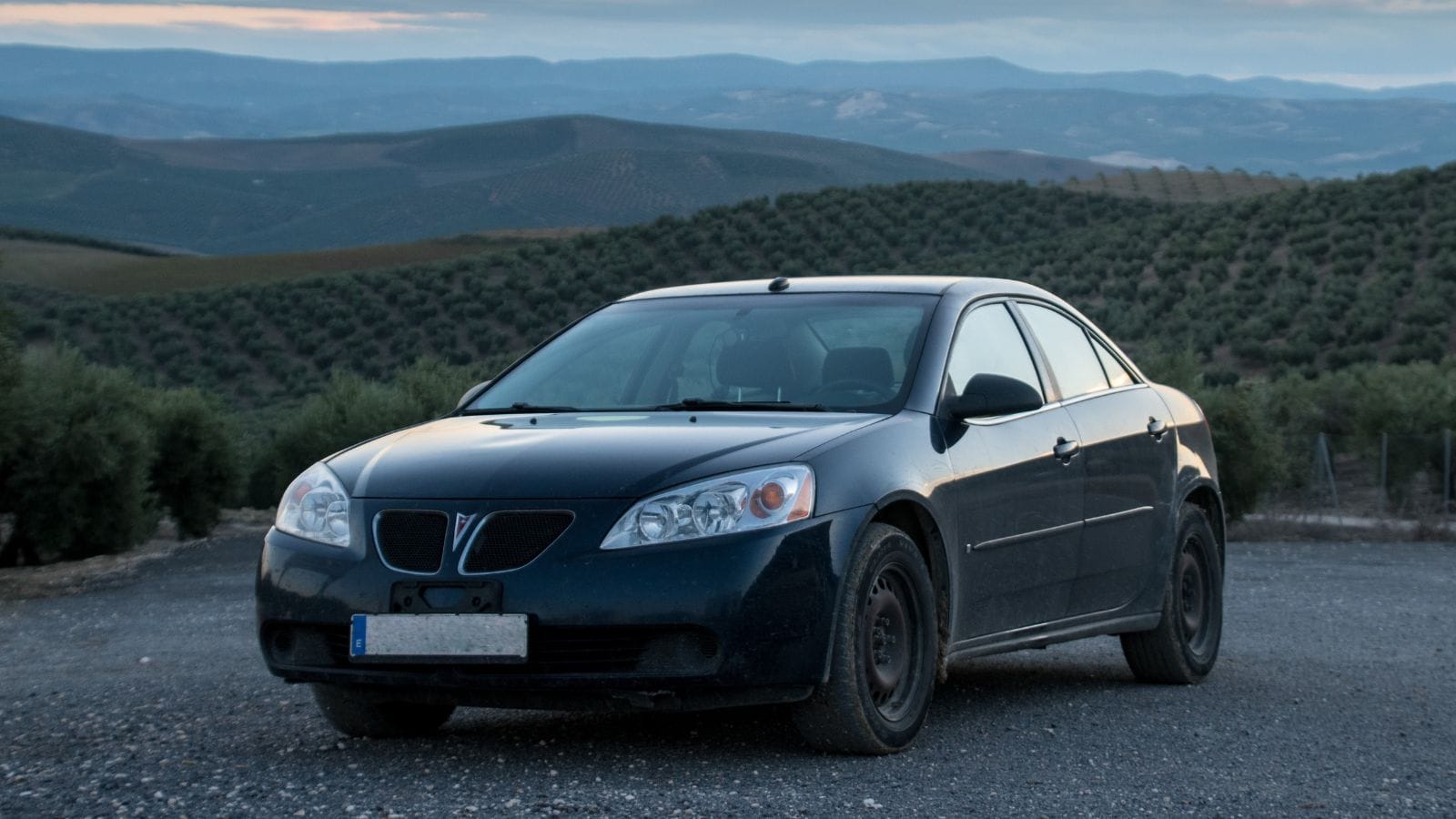
Sold in Canada as the Pontiac Wave, this rebadged Daewoo/Aveo hatchback was reintroduced as an affordable entry-level model. Its utility was overshadowed by bland design and a cheap interior feel, and when Pontiac folded in 2010, the Wave disappeared too. Canadians quickly moved to more modern compact cars like the Corolla or Civic. Still, the Wave’s brief comeback highlighted the risks of rebadging under a fading brand and low cost, which was not enough to overcome poor perception.
Acura CSX (2006–2011)
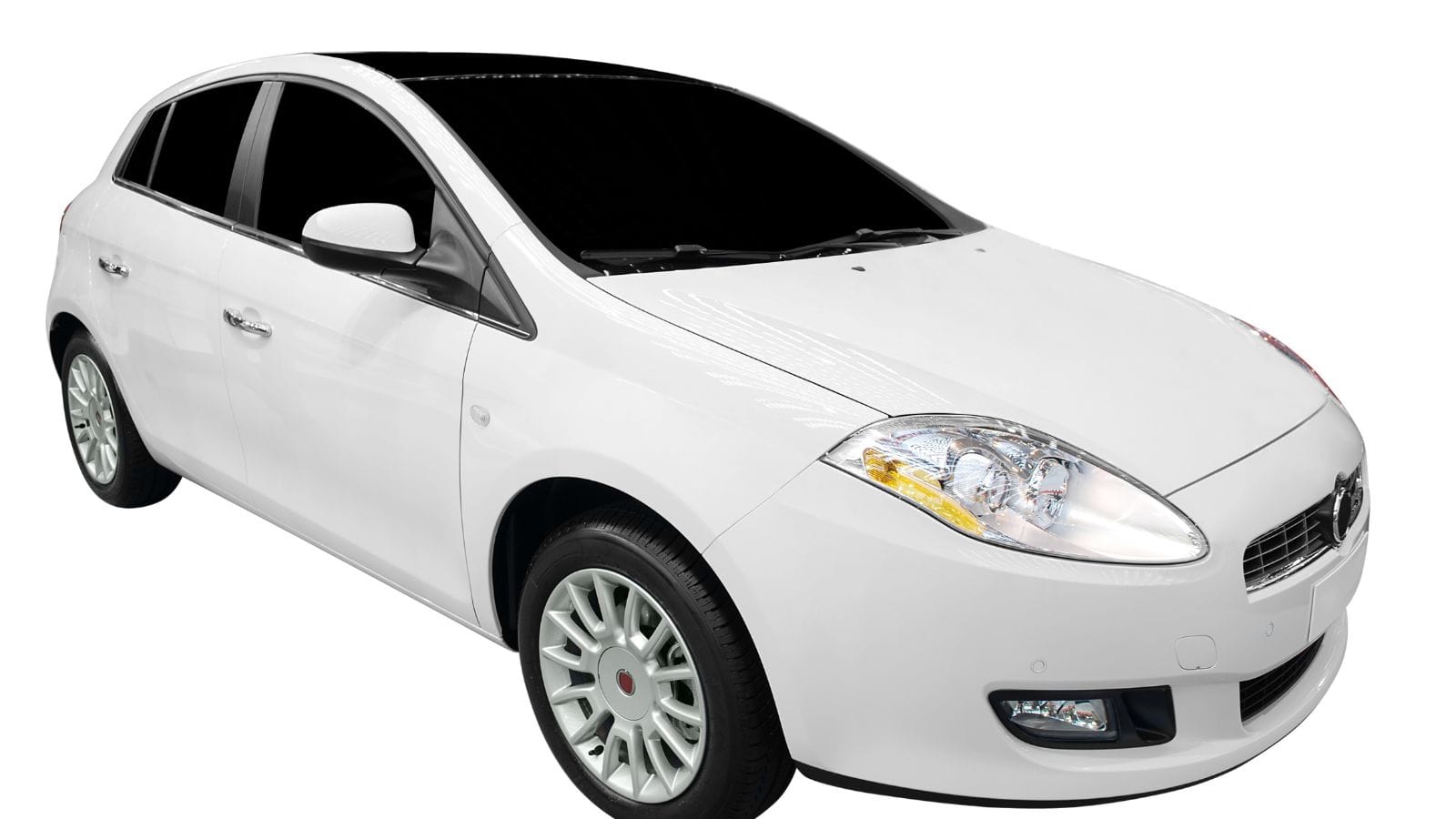
The Acura CSX, built in Ontario and sold exclusively in Canada, aimed to offer premium Civic-level performance. Despite its local roots, the sedan failed to differentiate itself sufficiently and was replaced by the US-market ILX in 2013, as buyers favored either mainstream Civics or larger luxury imports. Sales never met expectations, and the CSX proved too niche for Canada’s limited Acura market. Its return faded quietly after five model years, showing that even homegrown Acura design could not conquer size constraints or brand positioning.
Suzuki SX4 (2006–2014)
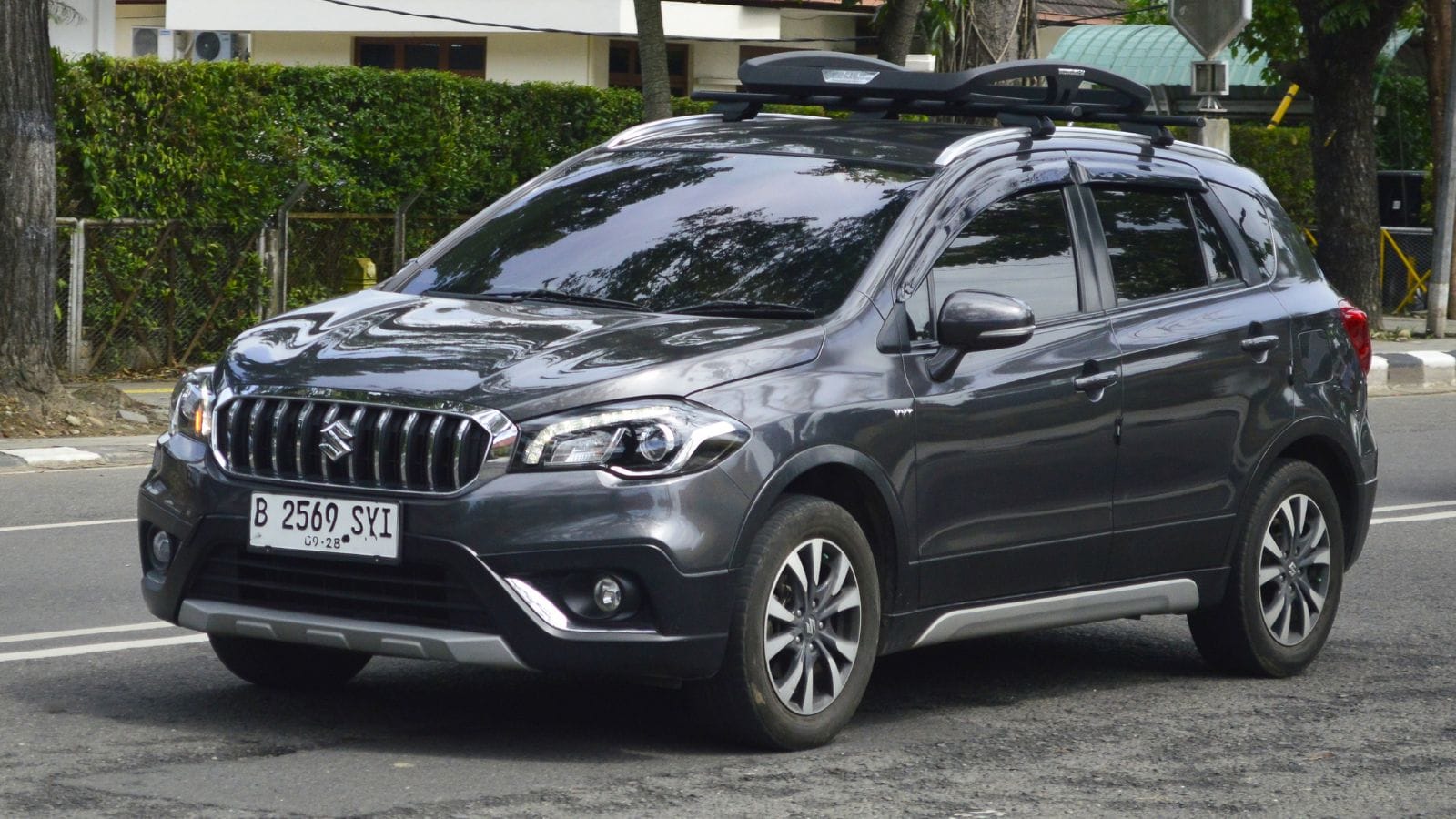
Suzuki reintroduced the SX4 to Canada as a compact AWD hatchback and sedan, offering reliable mechanics and solid fuel economy. Despite its all-wheel drive and versatility, competition from Subaru and Mazda vaulted ahead, and Suzuki withdrew from Canada in 2014 due to declining sales. SX4’s comeback never reached critical mass as Canadian buyers preferred brand familiarity and resale value, which are areas where competing compact AWD SUVs outshone it. Today, it remains a budget-friendly used curiosity with a comeback that flopped.
Scion FR‑S / Toyota 86 (2010–2016)
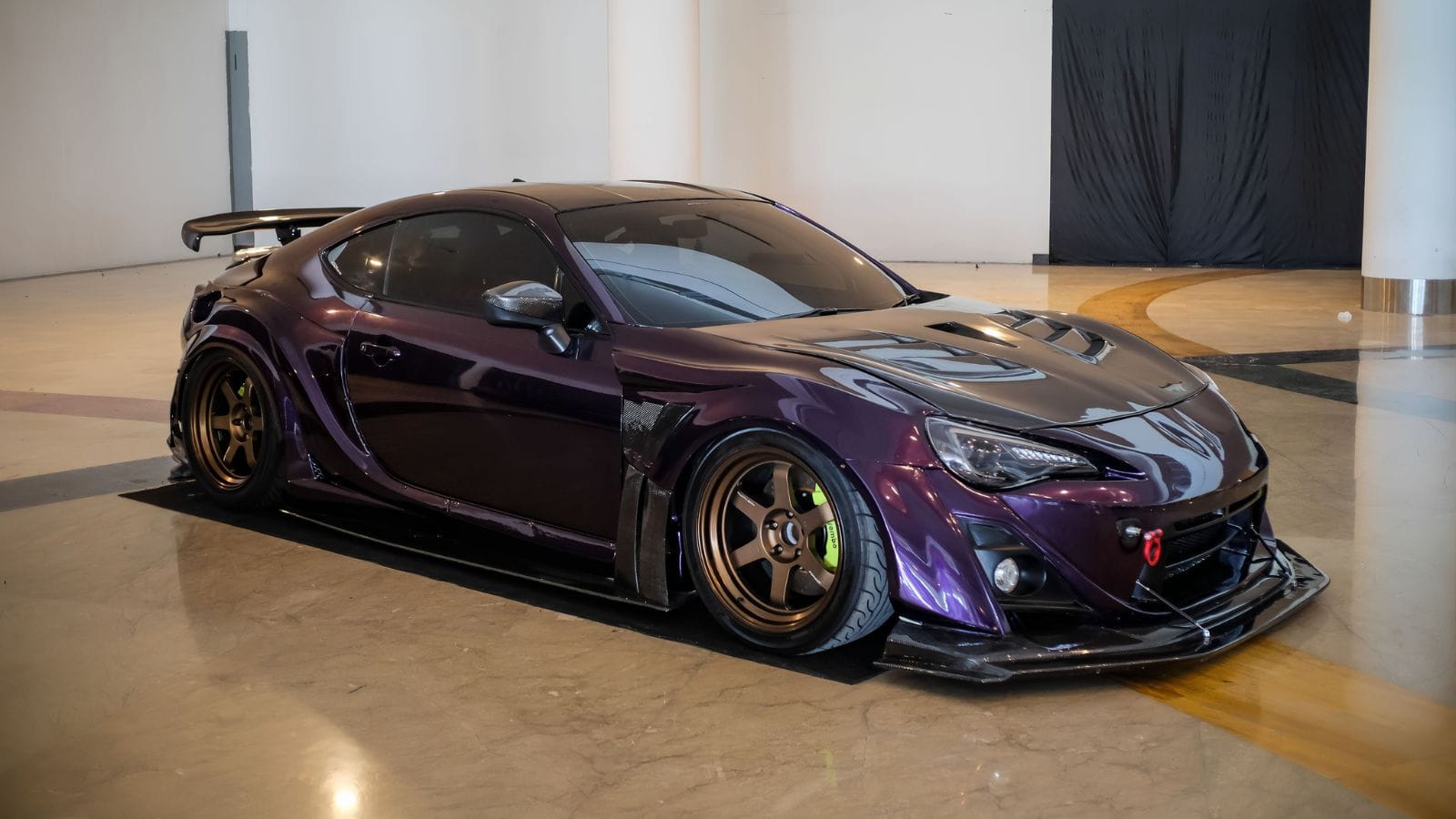
Toyota relaunched the Scion FR-S, also known as the Toyota 86, for Canadian driving enthusiasts, featuring a balanced chassis and a 200 hp flat-four engine. Despite its fun credentials and affordability, it appealed to too small a segment, forcing Scion to fold in 2016, and the model became the Toyota 86; yet, sales remained flat. Canadian sports-car buyers still favour SUVs and trucks, as the FR‑S’s comeback was too enthusiast-focused for mass market appeal. However, it remains a cult car, but it has never regained mainstream traction.
PT Cruiser (2001–2010 Canadian revival)
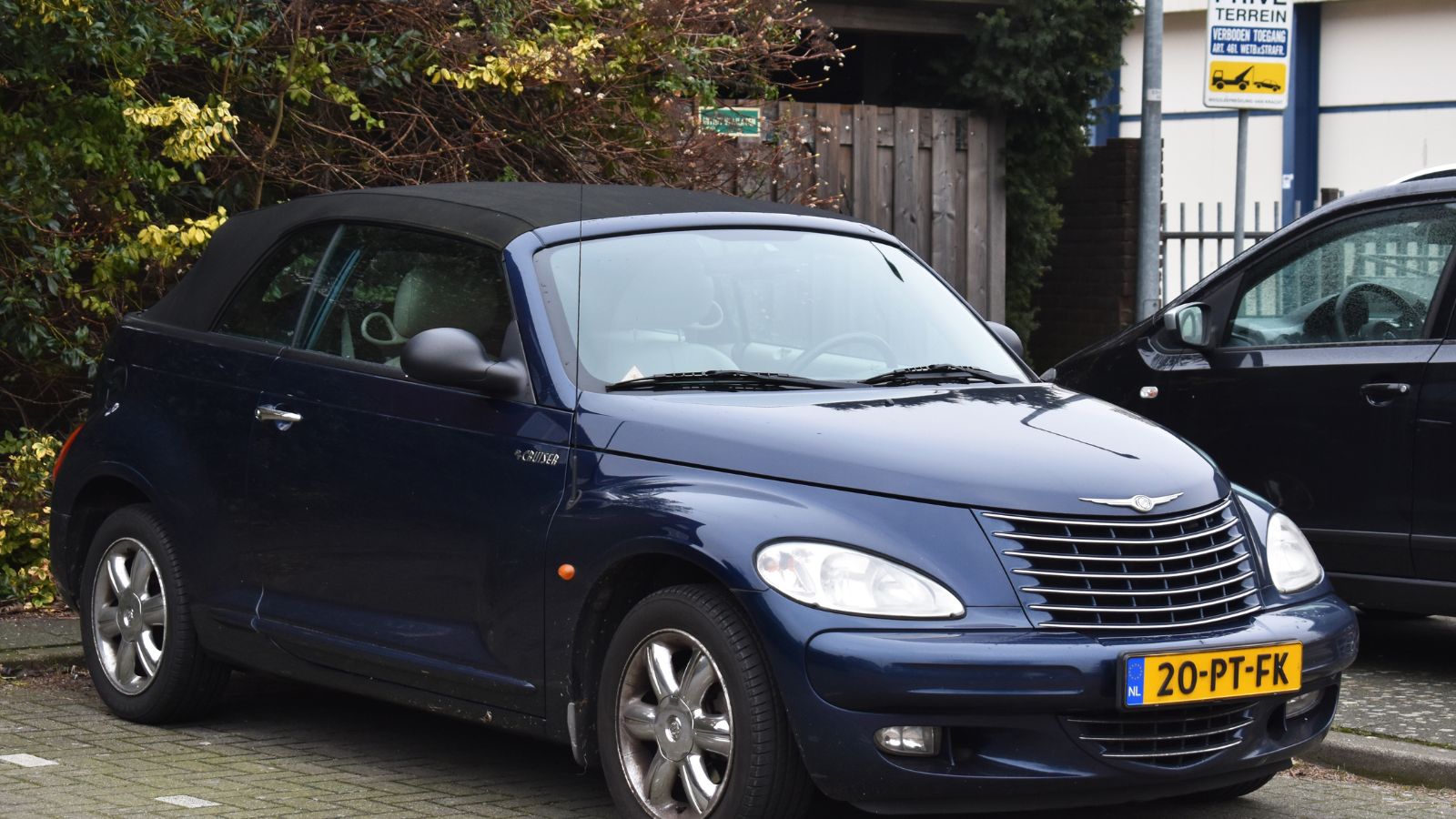
Chrysler reintroduced the retro-styled PT Cruiser in Canada in the early 2000s, offering unique styling and hatchback versatility. It initially garnered curiosity but quickly lost its sheen. Practical shortcomings and shrinking demand led to the discontinuation in 2010. Despite themed editions and convertible options, Canadian buyers gravitated toward crossovers with more modern utility. The PT comeback proved that novelty only goes so far and that drivers prioritized function and comfort over quirky design.
Vauxhall Firenza (“Canadian Firenza” 1971–1973)

GM Canada revived the Vauxhall Viva as the Firenza in the early 1970s. It was meant to be a compact option for Canadian buyers, but quickly became infamous for brake failures and engine fires. Owner protests outside Parliament, and public backlash forced GM to withdraw it by 1973. Its ill-fated return led to one of Canada’s worst automotive disasters and prompted legal reforms in product liability legislation. The Firenza had a memorable comeback, but for all the wrong reasons.
Lada Niva & Samara (1980s–90s)
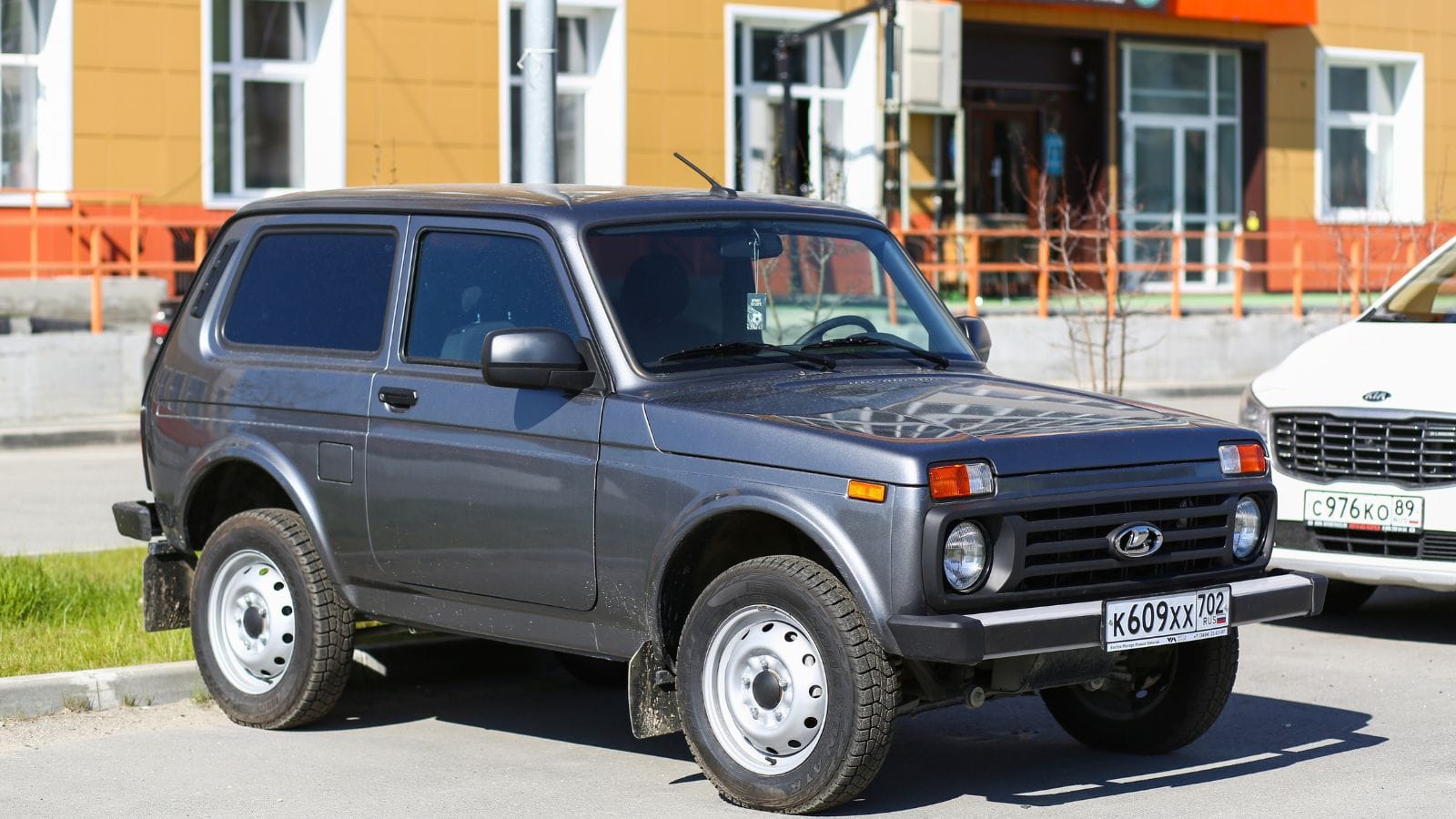
Lada brought back Soviet-era Niva and Samara models in Canada in the 1980s, offering rugged economy off-roaders. Enthusiasts liked the simplicity of the car, but reliability issues, poor safety ratings, and scarce parts doomed it, while Canada’s harsh winters and consumer standards exposed the flaws quickly. They vanished by the 1990s, and although they are quirky, the comeback flopped due to a mismatch with Canadian expectations, as drivers expect safety, support, and build quality.
AMC Concord (late 1970s comeback attempt)
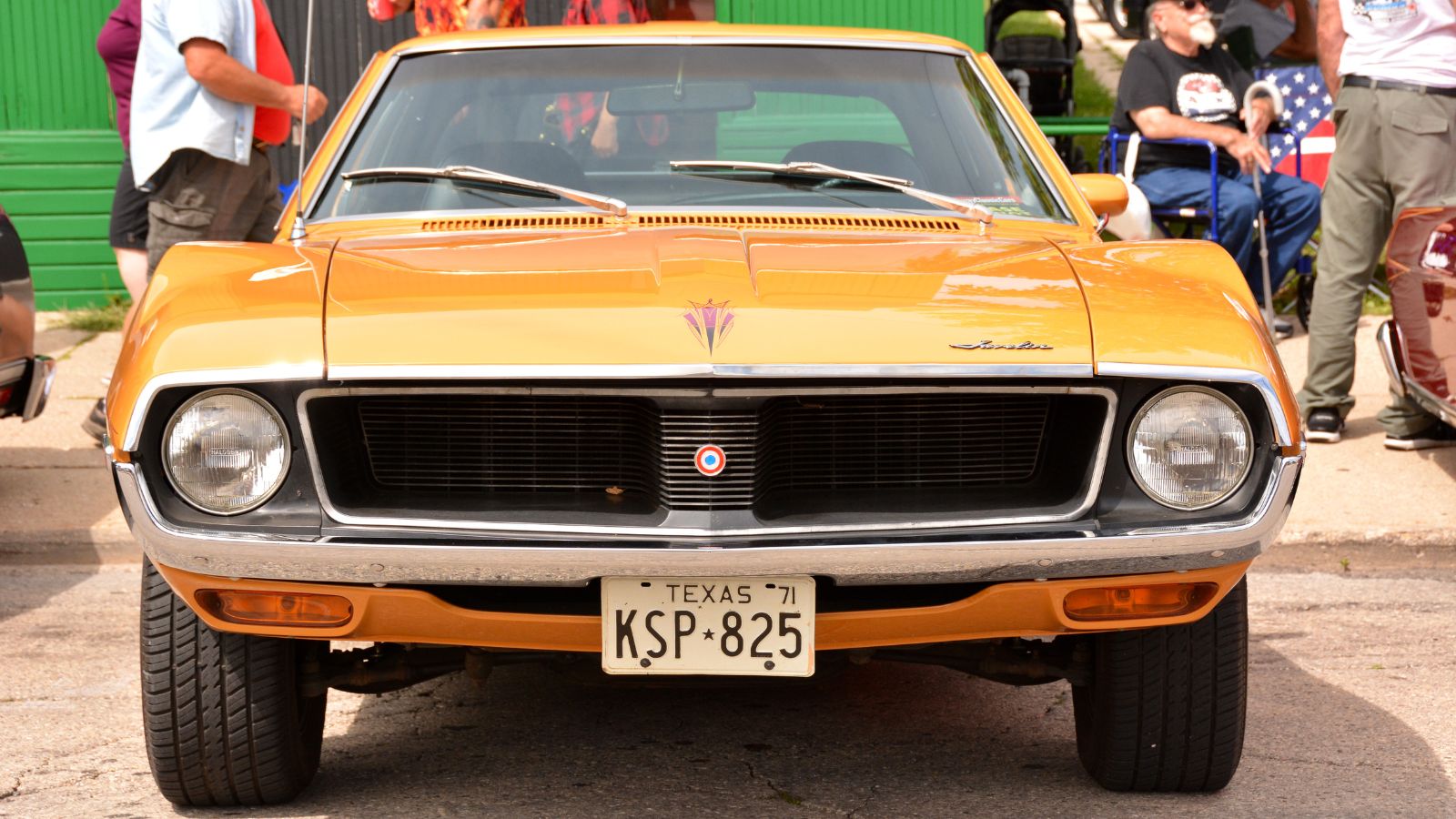
American automaker AMC attempted to keep the Concord in Canada until 1983, but sales fell short. Despite being built in Ontario on a trusted platform, the Concord could not compete with newer GM or Ford models, and AMC replaced it with the Renault Alliance, alienating loyal customers. By the mid-1980s, Rivals with bigger marketing power had won. The Concord’s late push never gained traction, and its comeback faded under the pressure of competition and brand decline.
ZENN NEV (2006–2010)
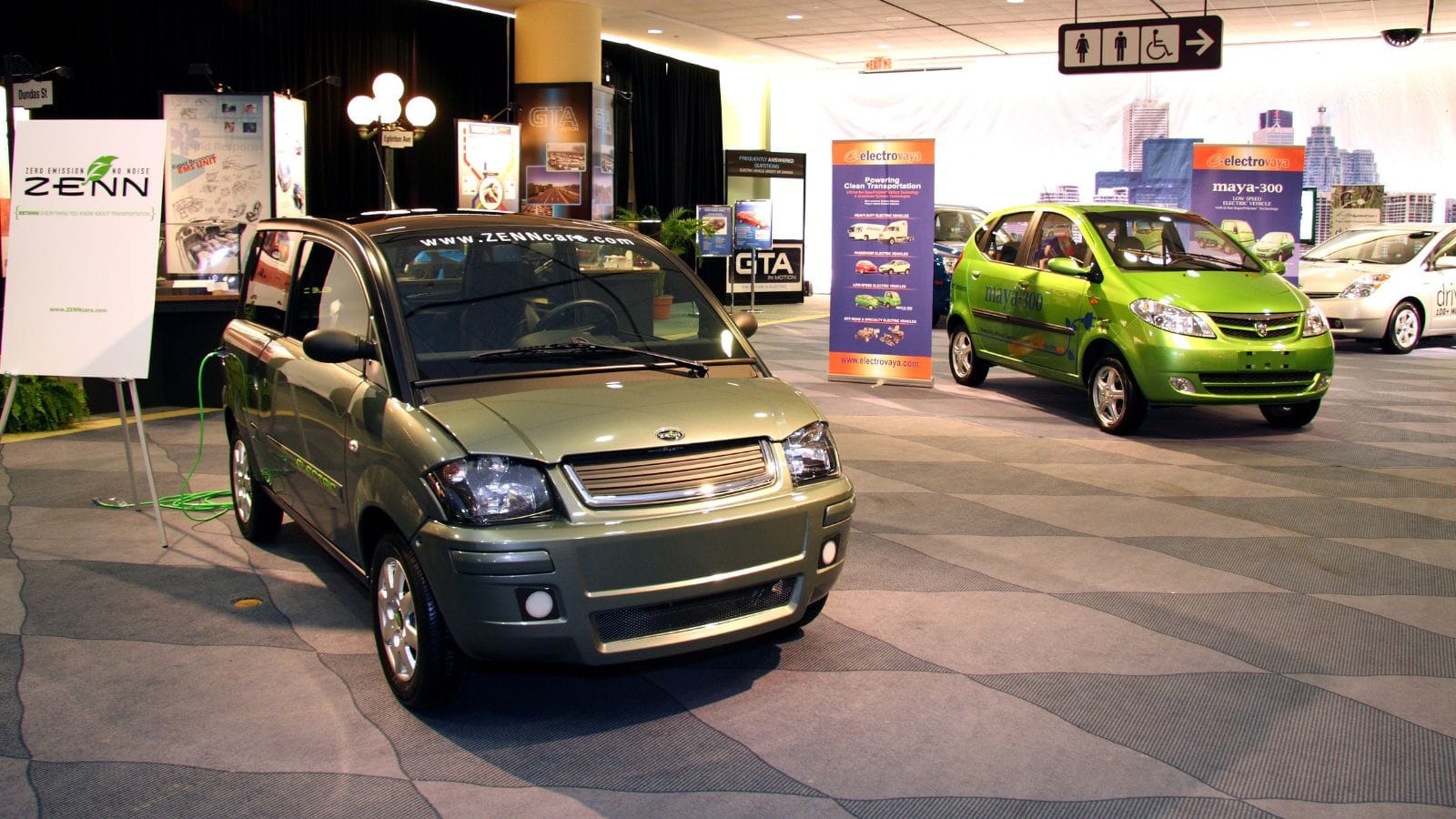
The Canadian-built ZENN (Zero Emission, No Noise) micro‑EV launched in Quebec as a neighbourhood vehicle with a 40-mile range and a 25 mph top speed. Despite the green promise, it lacked highway capability and used lead-acid batteries. Sales reached barely 500 units, and production ceased in 2010. ZENN’s reboot of micro-mobility failed because Canadians demanded more range, speed, and practicality, while even small-city commuters wanted grown-up EVs like the Leaf or Bolt.
Cadillac Catera (1997–2001 in the US; maybe Canada limited)
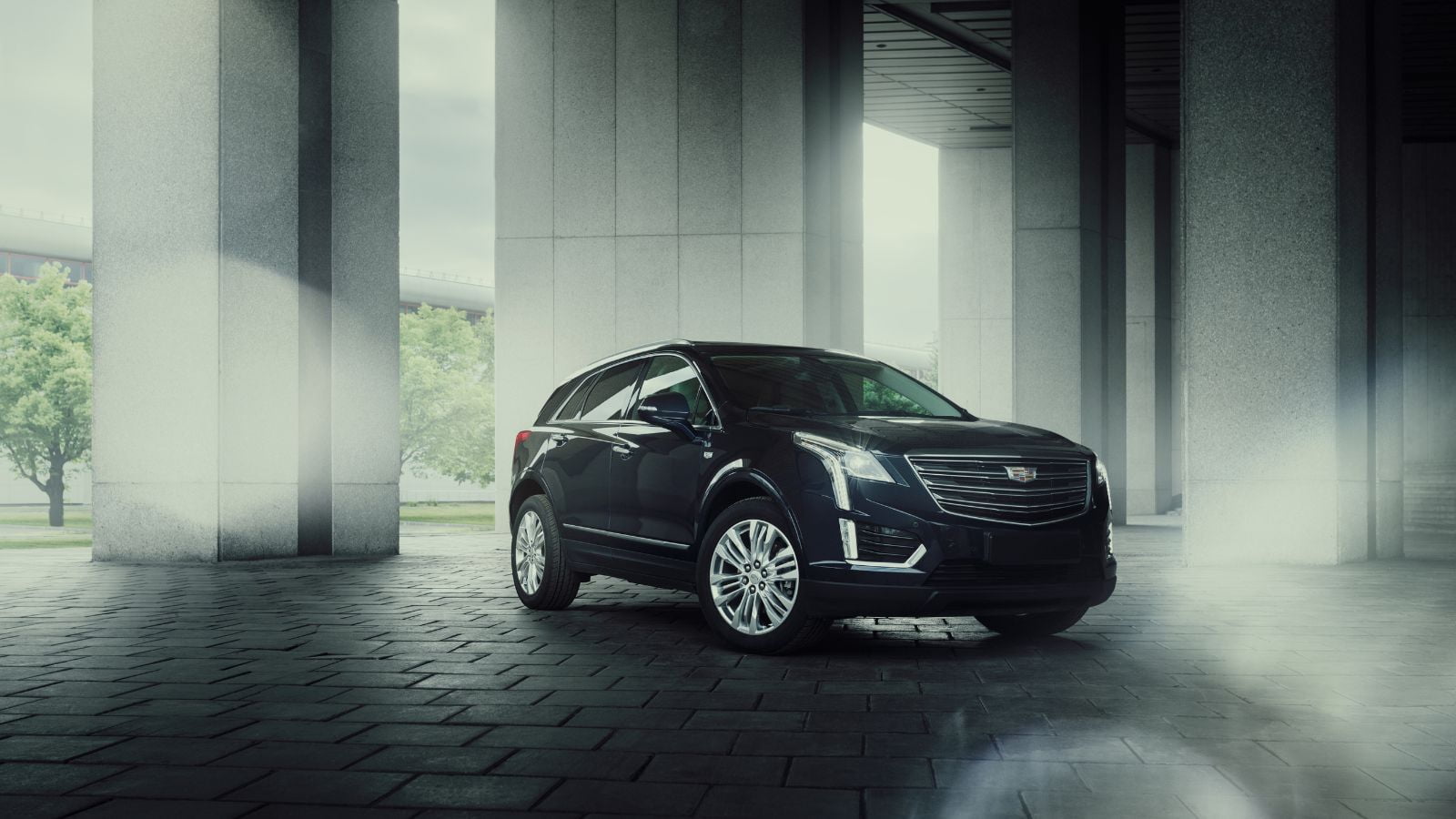
Although officially limited in Canada, the Cadillac Catera attempted a late 1990s comeback as a compact luxury import; however, Canada saw few units, and reliability reports, especially timing-belt failures, hurt its reputation. Dealers pulled it early, while its North American revival, aimed at entry-level luxury buyers, could not overcome Chevy’s reputation for commodity pricing and reliability issues, and it quietly vanished. For Canada, Catera’s failure exemplified misaligned branding and low consumer confidence.
Chevrolet Tahoe Hybrid (2008–2013)
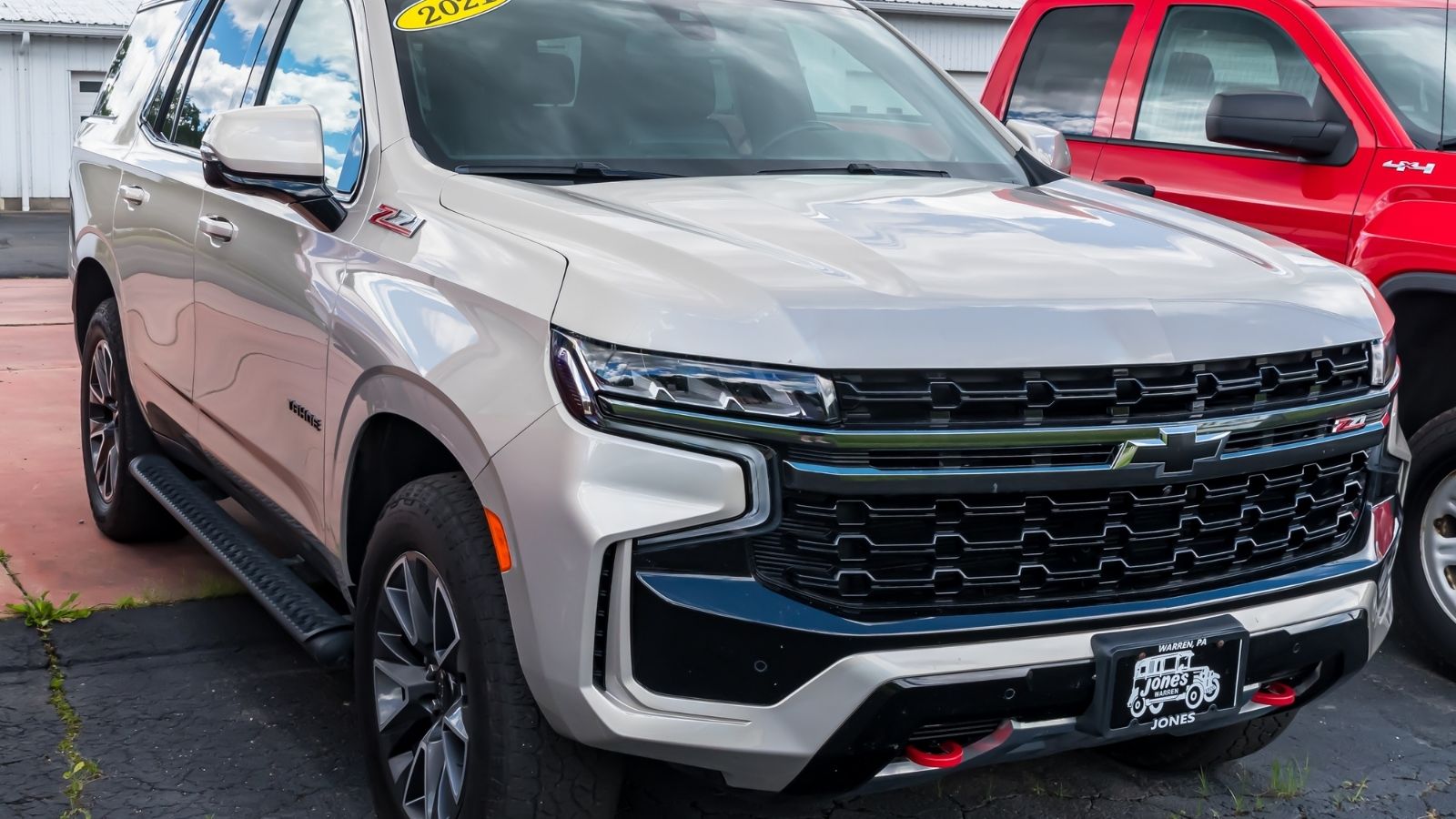
GM reintroduced the Chevrolet Tahoe Hybrid in Canada around 2008 as a fuel-saving large SUV with 8-passenger capacity. Although it was technically capable, it weighed more than its gasoline counterpart and delivered only modest mpg improvements. Meanwhile, Canadian buyers increasingly shifted to diesel trucks and efficient crossovers, and GM discontinued the hybrid after six years due to poor sales. Canadians passed it over because it was too heavy and lacked pronounced enough fuel savings, and it remains a rare hybrid fossil today.
25 Facts About Car Loans That Most Drivers Don’t Realize

Car loans are one of the most common ways people fund car purchases. Like any other kind of loan, car loans can have certain features that can be regarded as an advantage or a disadvantage to the borrower. Understanding all essential facts about car loans and how they work to ensure that you get the best deal for your financial situation is essential. Here are 25 shocking facts about car loans that most drivers don’t realize:
25 Facts About Car Loans That Most Drivers Don’t Realize
